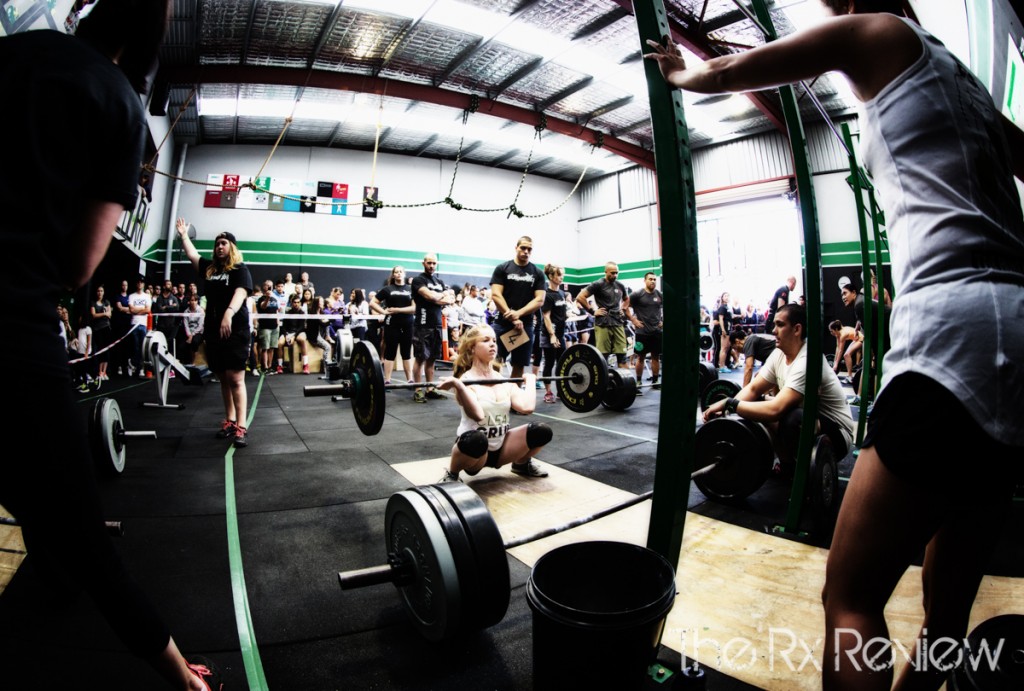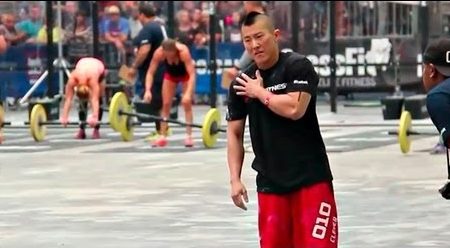
Leg aches in Menopause aren’t uncommon, the fluctuating hormones being mainly responsible for the same. Leg aches, sprains, and strains are more common in women than their male counterparts. Most patients often ask me for tips to keep their feet in good shape, especially when nearing Menopause. That’s my next topic of discussion. Before I do that, let me introduce myself.
I am Dr. Karen Pike, and I have been associated with the medical field for a long time as a board-certified ER and a senior physician administrator. I have even aimed to reach out to women everywhere through my website, Simply Menopause, to increase their awareness of Menopause. Let’s look at how you can maintain your legs in Menopause.
How Does Menopause Affect Your Legs?
The fluctuating levels of estrogen and progesterone immensely impact your legs when you are transitioning into Menopause or have already experienced it. This affects your body’s tissues, joints, muscles, and ligaments. The outcome is joint pains, swelling, and cramps. The discomfort and stiffness won’t just remain confined to your legs. You may experience it in your knees, shoulders, and elbows.
If you are wondering how low estrogen levels trigger leg pain, here is a detailed analysis. Estrogen significantly influences musculoskeletal functions, which helps to improve strength and muscle mass. It also helps the bones and muscles function better and lessens the stiffness in ligaments and tendons, making one less prone to injury. The declining hormone levels result in poor circulation to your legs, resulting in:
- Restless legs
- Swollen legs
- Cramps
- Varicose veins
- Cellulite
- Hot legs
- Heavy legs
- Aching legs
You will be more susceptible to leg problems when transitioning into Menopause if you:
- Are overweight
- Do not maintain a healthy diet
- Do not drink adequate amounts of water
- Do not exercise well
- Spend a lot of time in the day standing
Different Leg-Related Issues Women May Face in Menopause
Let’s look at the leg problems women may face during Menopause. Here are a few of them, along with the symptoms.
-
RLS
Restless leg syndrome (RLS) is more common in women than men. When transitioning into Menopause, women may experience this condition, primarily because of the low estrogen levels. Menopause even triggers mineral deficiencies in women. Findings have shown that deficiency in essential minerals like magnesium, iron, and Vitamin D can trigger RLS in women.
The symptoms include:
- Weird sensations in the leg that mostly start at rest and are relieved when you begin moving your legs, like stretching or walking. You may experience creeping, crawling, twitching, pulling, throbbing, itching, aching, and electric shock sensations.
- Deterioration of the symptoms mainly during the evening
- Twitching and kicking of legs mostly at night during sleep, often causing one to wake up
- Intense urge to move the legs
- Varicose Veins
A 2019 study suggested that around 31% of women in Menopause had varicose vein issues. The hormonal imbalance and reduction cause the vein walls to thicken and become less flexible. The impact is even felt on the valves flowing to your heart. This causes the valves and vein walls to weaken and damage, resulting in the accumulation of blood in the veins. The common symptoms are:
- Heaviness in the feet and legs
- Bluish and bulging veins
- Change in skin color in the area surrounding the veins.
- Burning discomfort or itching sensations in your veins
- Swelling in your legs
- Leg cramps ( mostly at night)
- Cellulite
Before getting at the association between cellulite and Menopause, let’s understand what the condition is. Cellulite is a common but harmless condition of the skin that leads to the accumulation of lumpy and dimpled flesh on the buttocks, thighs, abdomen, and hips. It’s more common in women than men. The male-female ratio when it comes to cellulite is 10:90. It mostly starts appearing in women when they are 25-35 years old. Low estrogen levels are one of the main reasons for cellulite in Menopause. When the estrogen levels decrease, there is a lesser production of elastin fibers and collagen. This leads to cellulite.
Essential Tips for Maintaining Healthy Legs in Menopause
You cannot avoid the changes brought about in Menopause because of the hormonal fluctuations. However, by following a healthy lifestyle, you can care for your legs to a greater extent. Here are some essential tips to prevent aching legs during Menopause.
- Eat healthy – Whether it be restless leg syndrome, hot legs, varicose veins, or other leg conditions, maintaining a healthy diet will help you address these issues efficiently. For restless leg syndrome, a diet comprising veggies and fruits will help.
You must emphasize leafy greens in your diet since they have an increased iron content. Your diet must include other iron-rich foods, such as dried fruits, seeds, nuts, legumes, and lean meat. For those with varicose veins, following a diet that improves blood circulation and lessens pain and inflammation will help.
Some foods effective for those with varicose veins include beetroot, apples, grapes, ginger, turmeric, cherries, seeds, leafy greens, and avocados. Specific conditions need specific dietary requirements. However, above all, what matters the most is to have a nutritious diet. You must also make a conscious effort to avoid trigger foods like alcohol, caffeine, salty foods, sugary foods, and carbonated beverages to lessen your leg problems and ensure better health.
- Be on the move – This is another vital aspect that you must take care of to ensure healthy legs. Around 20-30 minutes of walking will help keep your legs in good shape and boost your overall health. Walking could sometimes be troublesome and put extra strain on your legs. Under such circumstances, you could do easy exercises like moving your feet in circles and up and down. This is good for improving blood circulation.
If you have restless leg syndrome, swimming and cycling are apt exercises. Stretching exercises like front thigh, calf, and hip flexor stretches help immensely with RLS. Regarding varicose veins, many medical experts advise walking, toe flexes, calf raises, stretching exercises, and yoga to get relief.
Simple day-to-day activities like climbing stairs help to increase blood flow to your veins and are suitable for those with varicose veins.
It is also important to note that if your leg problems have aggravated, exercise may worsen the issue. So, it is advisable to consult the doctor before you do any exercises to relieve your symptoms.
- Control your weight: Those with an increased body weight are at a greater risk of leg aches and cramping. When you are obese, it becomes difficult for the muscles to bear the stress when you move. Findings show an increased prevalence of RLS in overweight people.
The same goes for varicose veins, which occur more in those who are overweight. That’s why managing your weight is essential. The need is even more when you are in Menopause, as the hormonal imbalances increase weight gain risks.
- Lessen stress: Low estrogen levels lead to high cortisol levels, which triggers a stress response. Moreover, it is quite natural for women to have high anxiety levels in Menopause because of hot flashes, sleep issues, and other menopausal symptoms that take a toll on their well-being. Increased stress impacts your leg and muscles, leading to aches and Menopause.
That’s why keeping your stress levels under control in perimenopause and Menopause is crucial. Relaxation techniques and yoga help to relieve stress to a greater extent. What is more important is to do what gives you pleasure, especially during stressful times. For instance, joining a dance class, hanging out with friends, or learning a new skill – you can do anything that makes you happy.
- Go for compression garments: If you have or are frequently prone to restless legs, varicose veins, or other leg conditions, wearing compression stockings may help. It increases blood flow to your legs and is also functional in reducing swelling.
FAQs
- Does hormone replacement therapy help with legs?
Hormone replacement therapy has helped relieve aches and pains, especially if you take it in the correct dose. If you are troubled with aches and pains in Menopause and wish to opt for hormone therapy, it’s better to seek medical advice.
- Is massage good for RLS and varicose veins?
Massaging your legs is one of the effective ways to manage restless leg syndrome in combination with proper exercise and hot baths. In the case of varicose veins, massage may help in providing temporary relief, but it isn’t a permanent solution to cure varicose veins.
Conclusion
Leg problems could be a menace, especially if they get in the way of your daily life. Besides managing your lifestyle, you must also take the utmost care of your sleeping and sitting postures. Make sure that you do not sit in one position for long. That makes leg aches worse. Contact the doctor immediately if your leg aches and pains don’t improve with home management techniques.

















Follow Us